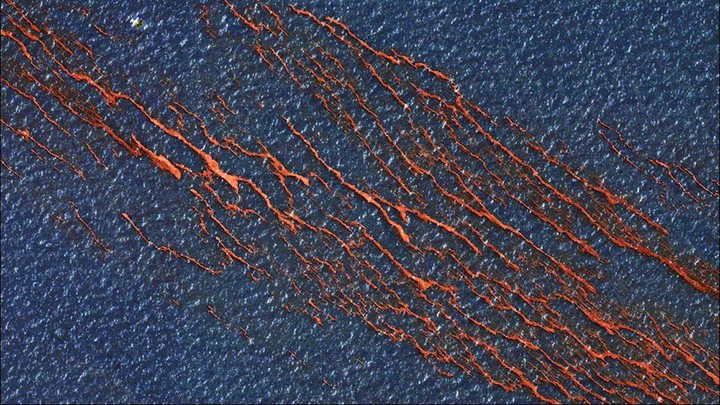Ocean biogeochemistry

Ocean tracers such as carbon dioxide, nutrients, plankton, and oil advect, diffuse, and react primarily in the oceanic mixed layer where air-sea gas exchange occurs and light is plentiful for photosynthesis. There can be substantial heterogeneity in the spatial distributions of these tracers due to turbulent stirring, particularly in the submesoscale range where partly geostrophic fronts and eddies and small-scale three-dimensional turbulence are simultaneously active. We have used LES to understand the respective impacts of small-scale and submesoscale motions on tracer transport. Tracer properties have been characterized using spatial fields and statistics, multiscale fluxes, and spectra, and we detailed how tracer mixing depends on air-sea tracer flux rate, tracer release depth, and flow regime. Although vertical fluxes of buoyancy by submesoscale eddies were shown to compete with mixing by Langmuir turbulence, vertical fluxes of tracers were often dominated by Langmuir turbulence, particularly for tracers released near the mixed-layer base or that dissolve rapidly through the surface, even in regions with pronounced submesoscale activity.